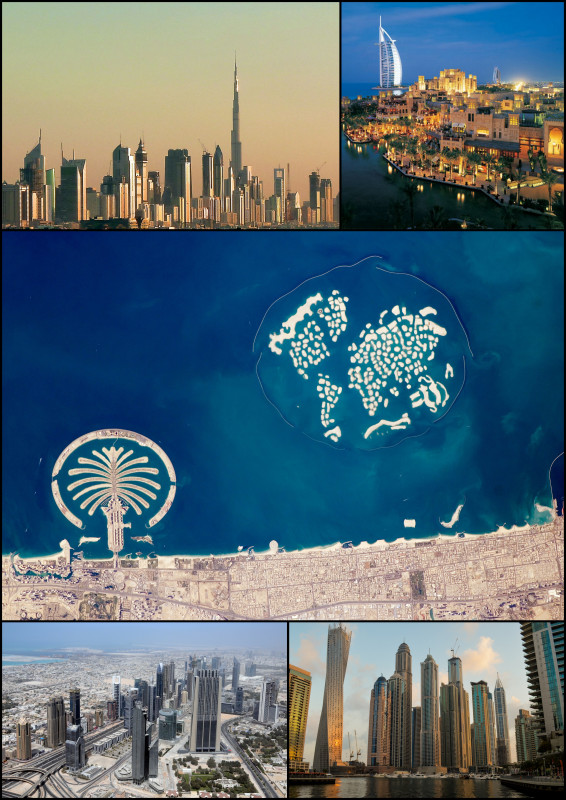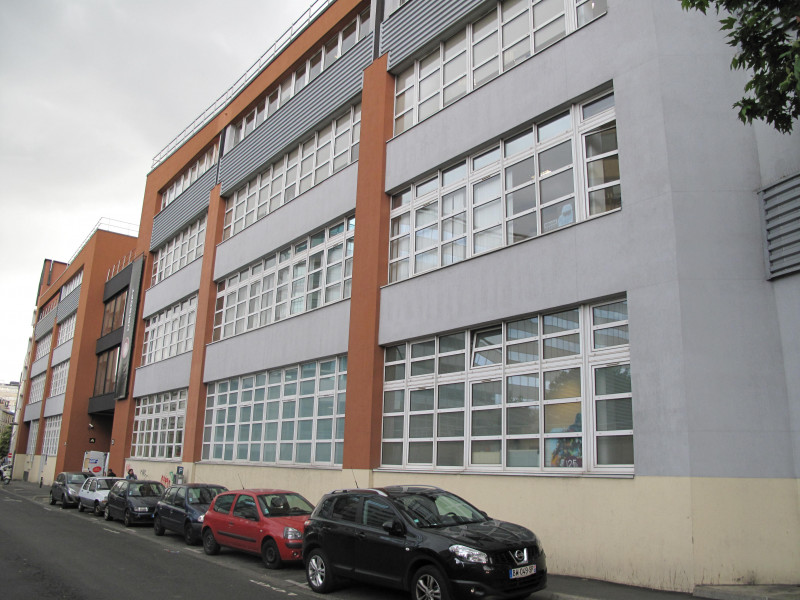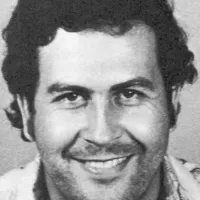Srinagar is the largest city and summer capital of the Indian-administered union territory of Jammu and Kashmir, situated in the disputed Kashmir region. Nestled in the Kashmir Valley along the Jhelum River and the Dal and Anchar Lakes, it's framed by Hari Parbat and Shankaracharya hills. Renowned for its natural beauty, gardens, waterfronts, and houseboats, Srinagar is also a hub for traditional Kashmiri handicrafts like shawls, papier-mâché, wood carvings, carpets, and jewelry, along with dried fruits. It stands as the second-largest metropolitan area in the Himalayas.
1925: Reign of Pratap Singh
The reign of Pratap Singh ended in 1925, during which many changes were ushered in, including increased British influence, road connections to the rest of India, and the establishment of a municipality in Srinagar.
1941: Rapid Expansion
Between 1891 and 1941, Srinagar experienced rapid expansion due to migration, improved sanitation, urban development, and the growth of the textile and tourism industries.
July 1946: Highest Temperature Recorded
On 10 July 1946, the highest temperature of 38.3 °C (100.9 °F) was reliably recorded in Srinagar.
1947: Accession to India
In 1947, following the princely state's accession to India after an invasion by Pakistani irregulars, Indian forces were airlifted to Srinagar on October 27 to defend the city and the Kashmir valley. The National Conference established a militia to aid the army.
1948: University of Kashmir
Srinagar is home to various premiere Higher Education Institutes including the University of Kashmir dating back to 1948.
1963: Disappearance of Relic
In 1963, the relic at the Hazratbal Shrine in Srinagar briefly disappeared, causing political turmoil.
1964: Disappearance of Relic
In 1964, the relic at the Hazratbal Shrine in Srinagar briefly disappeared, causing political turmoil.
1968: Reconstruction of the Hazratbal Shrine
In 1968, reconstruction of the Hazratbal Shrine in Srinagar began, inspired by Mughal architecture.
1969: Botanical Garden Setup
In 1969, the Jawaharlal Nehru Memorial Botanical Garden was established in Srinagar.
1979: Completion of the Hazratbal Shrine Reconstruction
In 1979, the reconstruction of the Hazratbal Shrine in Srinagar, which started in 1968, was completed.
1981: Kashmiri Hindu Population
The 1981 census showed that Kashmiri Hindus constituted 8.39% of Srinagar's population.
1983: First International Cricket Match
In 1983, the first international cricket match was played at the Sher-i-Kashmir Stadium in Srinagar, where West Indies defeated India.
1989: Focus of Insurgency
In 1989, Srinagar became the focal point of the insurgency in Jammu and Kashmir, witnessing increased violence against minority Hindus, particularly Kashmiri Pandits, leading to their exodus.
January 1990: Gawakadal Massacre
In January 1990, the Gawakadal massacre occurred in Srinagar, resulting in 50–100 deaths.
2001: Railway System Proposal
The railway system, which includes the Banihal-Baramulla line that started in October 2009, was proposed in 2001.
2006: Economic Growth Data
In November 2011, the City Mayors Foundation announced that Srinagar was the 92nd fastest-growing urban area globally in terms of economic growth, based on actual data from 2006 onwards and projections to 2020.
March 2008: Mass Poisoning Program
In March 2008, Srinagar's city government gained international attention for announcing a mass poisoning program aimed at eliminating the city's stray dog population, estimated at 100,000.
2008: Protests Against Indian Rule
In 2008, large demonstrations and protests against Indian rule occurred in Srinagar.
October 2009: Banihal-Baramulla Line Start
In October 2009, the 119 km (74 mi) long Banihal-Baramulla line started, connecting Baramulla to Srinagar, Anantnag, and Qazigund.
2010: Protests Against Indian Rule
In 2010, large demonstrations and protests against Indian rule occurred in Srinagar.
November 2011: Fastest Growing Urban Area
In November 2011, the City Mayors Foundation announced that Srinagar was the 92nd fastest-growing urban area globally in terms of economic growth, based on data from 2006 onwards and projections to 2020.
2011: Language Demographics
According to the 2011 census, 95.14% of the population in Srinagar spoke Kashmiri and 1.49% spoke Hindi as their first language.
2011: Population Census
As of the 2011 census, Srinagar urban agglomeration had a population of 1,264,202, with an average literacy rate of approximately 70% and a child population of about 12%.
2011: Kashmiri Hindu Population
The 2011 census showed that Kashmiri Hindus constituted 2.75% of Srinagar's population.
2013: Protests Against Indian Rule
In 2013, large demonstrations and protests against Indian rule occurred in Srinagar.
2014: Cemetery Damaged by Floods
In 2014, the Sheikh Bagh Cemetery in Srinagar, dating from the British colonial era, was damaged by floods.
2015: TRC Turf Ground Redevelopment
In 2015, the TRC Turf Ground in Srinagar was redeveloped for football.
2016: Protests Against Indian Rule
In 2016, large demonstrations and protests against Indian rule occurred in Srinagar.
2017: Expected Indian Railway Network Connection
As of 2009, the railway system proposed in 2001 was not expected to connect to the Indian railway network until 2017 at the earliest, with a cost overrun of 55 billion INR.
2018: Last Elections
The last elections for the Srinagar Municipal Corporation were held in 2018.
August 2019: Revocation of Special Status
Following the revocation of the special status of Jammu and Kashmir and its devolution into a union territory in August 2019, a lockdown was imposed in Kashmir, including Srinagar.
2019: Union Territory Summer Capital
In 2019, Srinagar became the summer capital of a smaller region administered by India as a union territory, following the reorganisation of the former state.
2020: Economic Growth Projections
In November 2011, the City Mayors Foundation announced that Srinagar was the 92nd fastest-growing urban area globally in terms of economic growth, based on actual data from 2006 onwards and projections to 2020.
Mentioned in this timeline
India officially the Republic of India is a South Asian...

Dubai is the most populous city in the United Arab...
Australia officially the Commonwealth of Australia encompasses the Australian mainland...

Football is a family of team sports primarily involving kicking...

A car also known as an automobile is a wheeled...

In Christianity a saint is a person recognized for exceptional...
Trending

2 months ago Euphoria Season 3: Release date, cast changes, streaming info, and Zendaya's role.

27 days ago Ubisoft's Anno 117 includes AI art placeholder; Fans react negatively.

2 months ago Virginia Vallejo, Pablo Escobar's ex, reveals health struggle: Suffered a brutal stroke.

7 months ago Jake Gyllenhaal's 'Othello' Snubbed by Tony Awards Despite Box Office Success with Denzel Washington.
9 days ago World Cup 2026 Draw: Brazil in Group C, France's Path

Maisie Williams is an English actress who gained widespread recognition for her role as Arya Stark in the HBO series...
Popular

Candace Owens is an American conservative political commentator and author...

Ilhan Omar is an American politician currently serving as the...

XXXTentacion born Jahseh Dwayne Ricardo Onfroy was a controversial yet...

Tom Cotton is an American politician and Army veteran currently...

Kelsey Grammer is an accomplished American actor producer and singer...
The Kennedy Center Honors are annual awards recognizing individuals and...